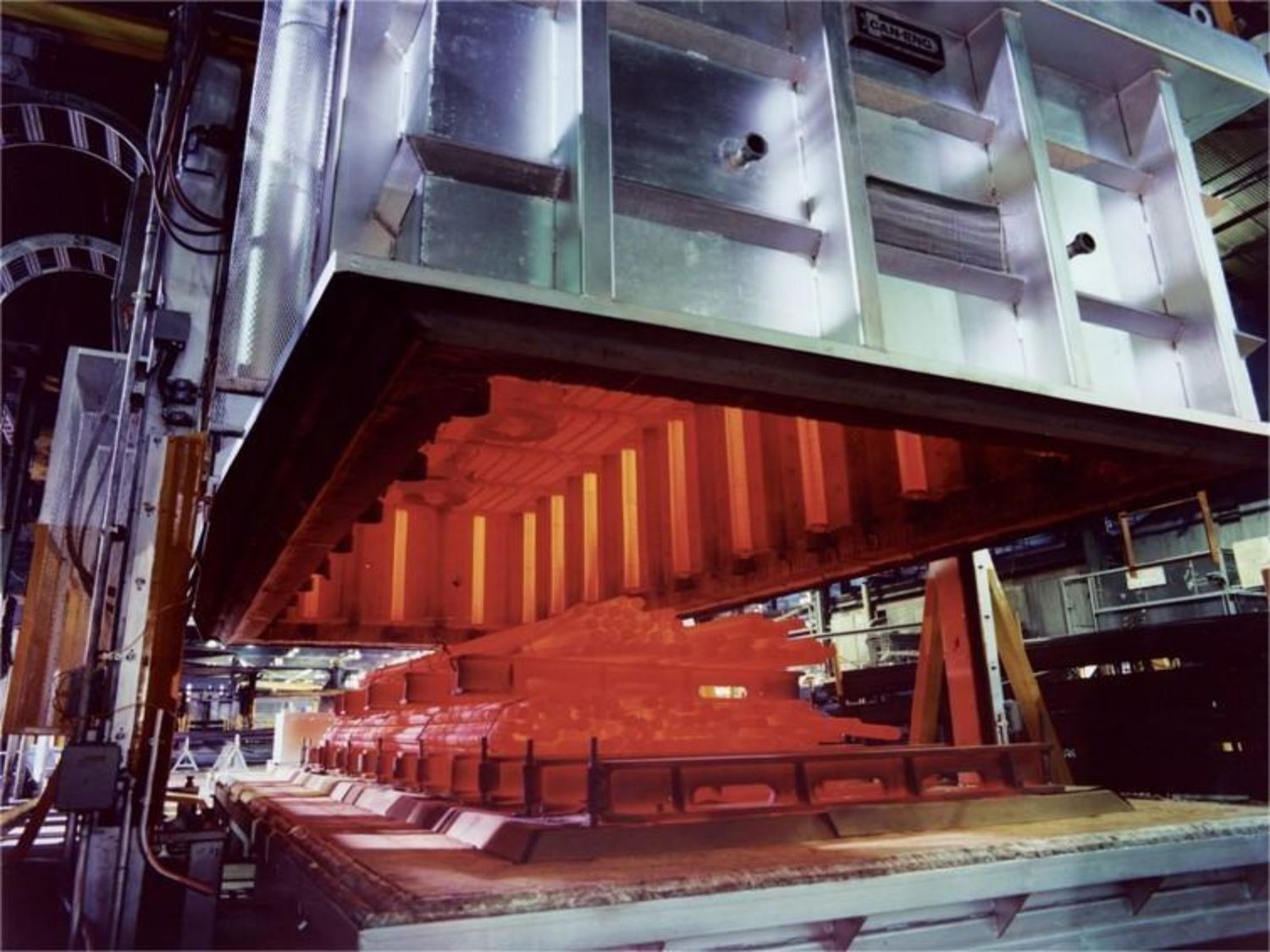Table of Contents

From Start to Finish: The Car Bottom Furnace Production Process
A car bottom furnace is an essential piece of equipment used in various industries for the heat treatment of materials. It is designed to provide a controlled environment with high temperatures to achieve desired material properties. In this article, we will take a closer look at the production process of a car bottom furnace, from its initial design to the final assembly. Let's dive in!
1. Design and Engineering
The production of a car bottom furnace begins with meticulous design and engineering. Expert designers and engineers work closely to create a furnace that meets the specific requirements of the industry and the material being processed. Factors such as size, temperature range, heating method, and safety features are carefully considered during this stage.
2. Material Selection and Procurement
Once the design is finalized, the next step is to select the materials for the construction of the car bottom furnace. High-quality materials such as stainless steel, refractory bricks, and insulation materials are chosen to ensure durability and efficiency. These materials are then procured from trusted suppliers who provide the necessary certifications and quality assurances.
3. Fabrication and Assembly
The fabrication and assembly stage involves cutting, shaping, and welding the selected materials to construct the car bottom furnace. Skilled technicians and welders meticulously follow the design specifications to ensure precise construction. The assembly process includes fitting the heating elements, insulation, control systems, and other components required for the furnace to function effectively.
4. Quality Control and Testing
Before the car bottom furnace can be considered ready for use, it undergoes rigorous quality control and testing procedures. These tests include checking for proper insulation, ensuring accurate temperature control, and verifying the functionality of safety features. Only after passing these tests with flying colors is the furnace deemed fit for operation.
5. Installation and Commissioning
Once the car bottom furnace has successfully passed all quality control tests, it is transported to the installation site. Expert technicians install the furnace according to the specific requirements of the facility, ensuring proper placement and alignment. After installation, the furnace undergoes a commissioning process to ensure all systems are functioning correctly and efficiently.
6. Training and Documentation
As the car bottom furnace becomes operational, it is essential to provide proper training to the operators and maintenance personnel. This training includes familiarizing them with the furnace's features, controls, and safety protocols. Detailed documentation is also provided, including operation manuals, maintenance schedules, and troubleshooting guides, to ensure smooth and safe operation.
7. Regular Maintenance and Upkeep
Regular maintenance is crucial to ensure the longevity and optimal performance of the car bottom furnace. This includes routine inspections, cleaning, and replacing worn-out parts. By following a well-planned maintenance schedule, operators can prevent unexpected breakdowns and ensure the furnace operates at its peak efficiency.
8. Safety Measures and Compliance
Car bottom furnaces operate at high temperatures and pose certain risks. Therefore, it is essential to have proper safety measures in place. This includes implementing safety features such as temperature alarms, emergency shutdown systems, and protective gear for operators. Compliance with safety regulations and standards is of utmost importance to prevent accidents and ensure a safe working environment.
9. Continuous Improvement and Innovation
The production process of car bottom furnaces is an ongoing journey of continuous improvement and innovation. Manufacturers constantly strive to enhance the performance, energy efficiency, and reliability of their products. By staying up-to-date with the latest technological advancements, they can offer cutting-edge solutions to meet the evolving needs of various industries.
10. Environmental Considerations
With growing concerns about environmental sustainability, manufacturers of car bottom furnaces are increasingly focusing on reducing their carbon footprint. This includes using energy-efficient designs, incorporating renewable energy sources, and implementing waste management strategies. By prioritizing environmental considerations, the production process of car bottom furnaces can contribute to a greener and more sustainable future.
